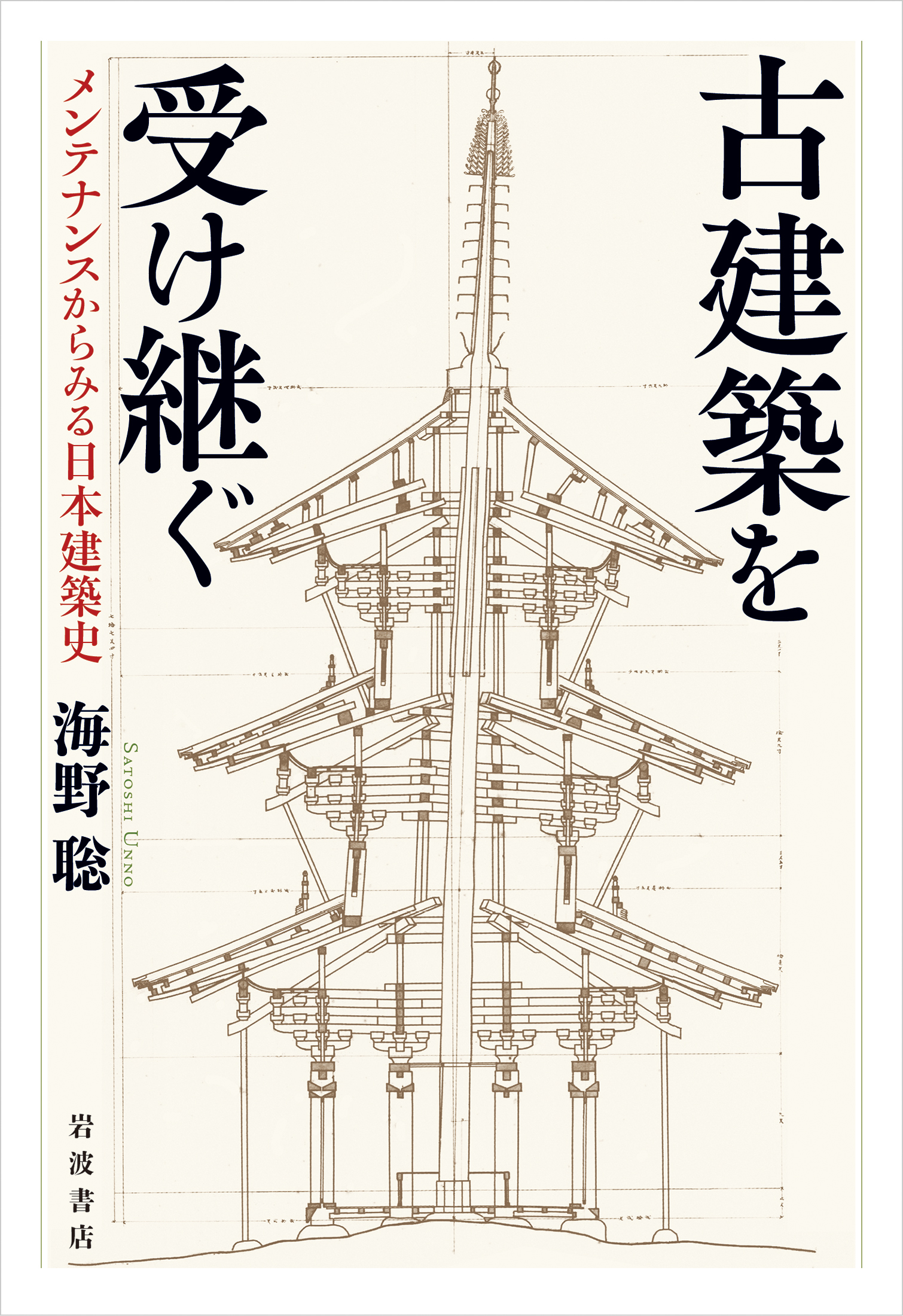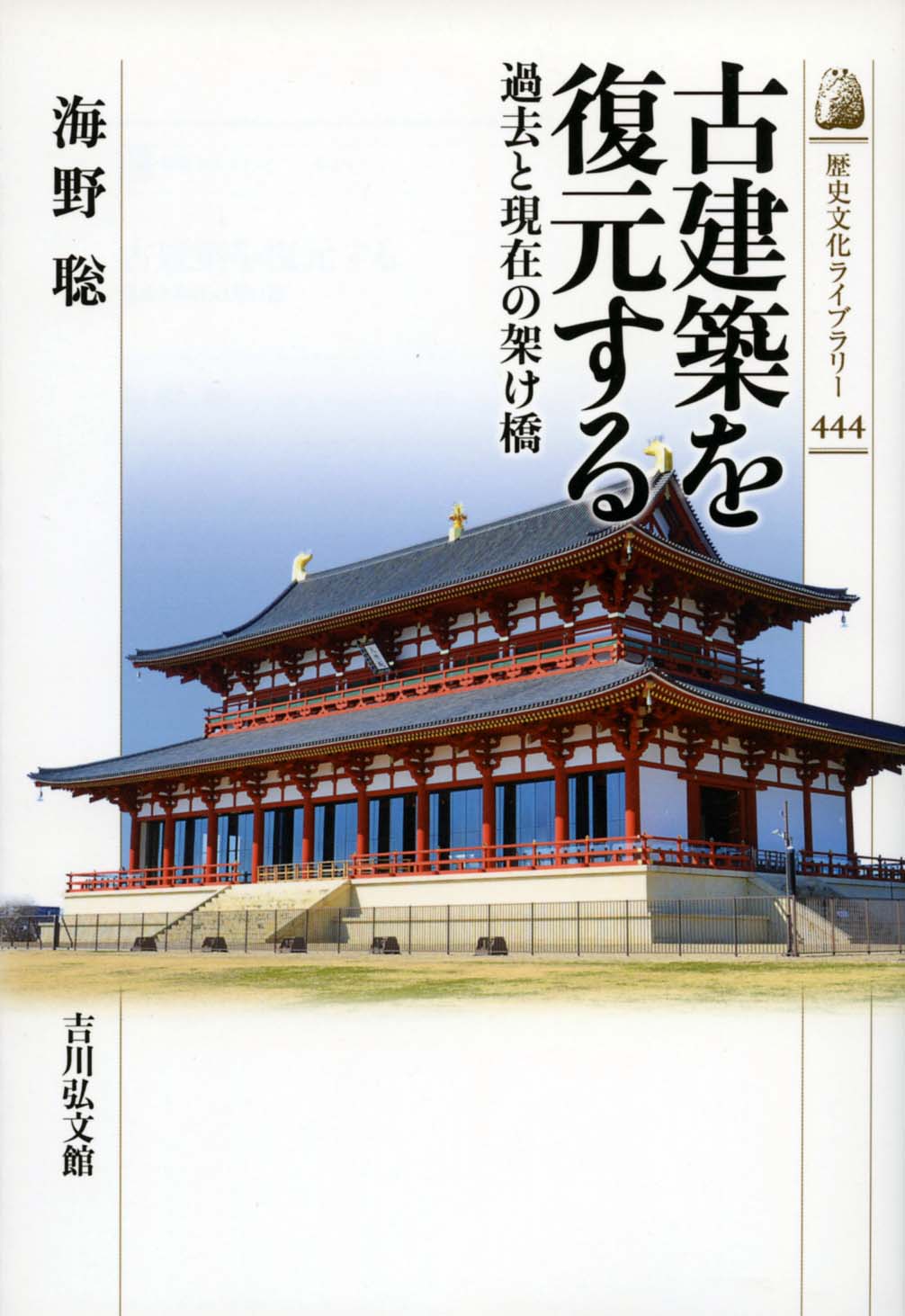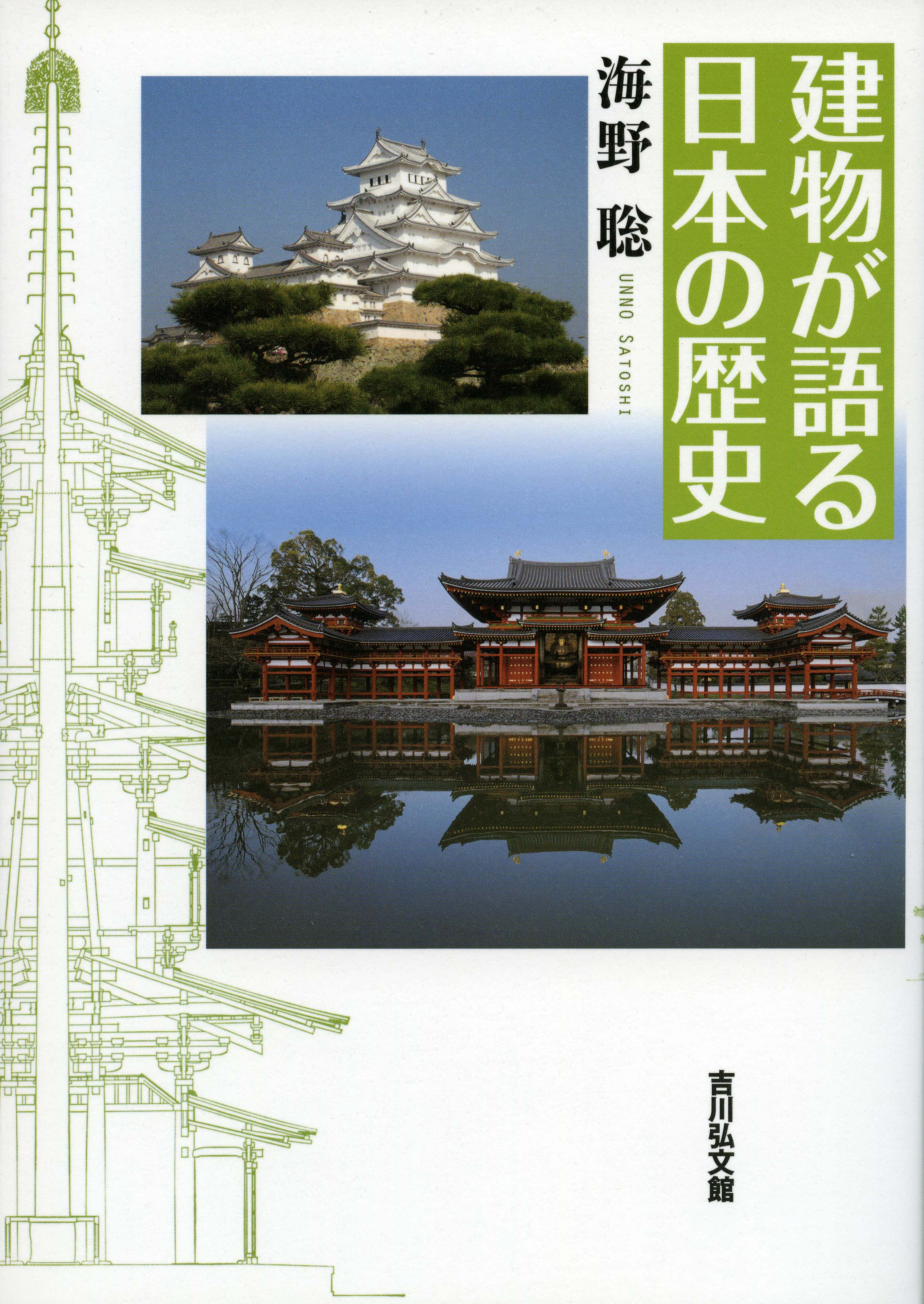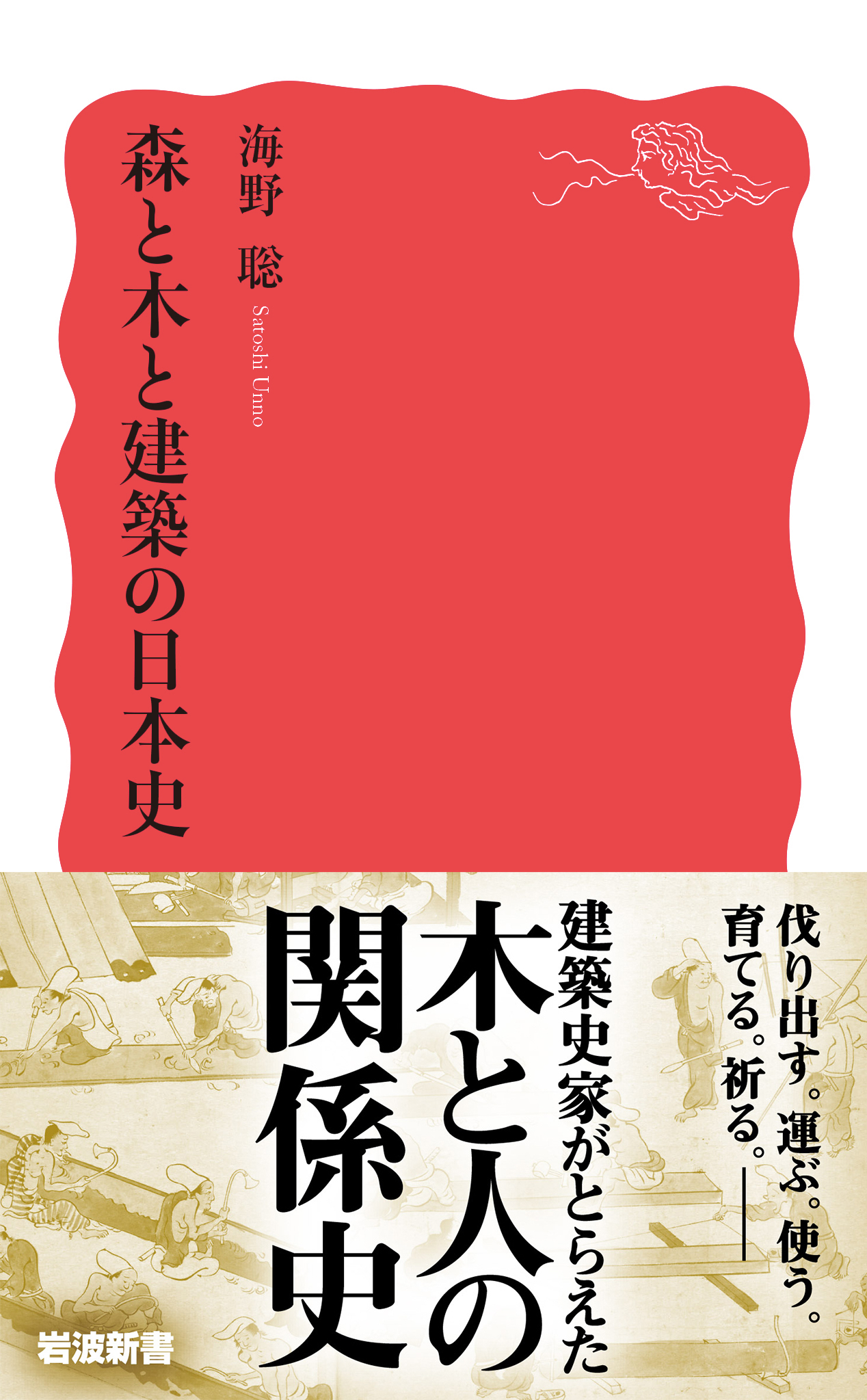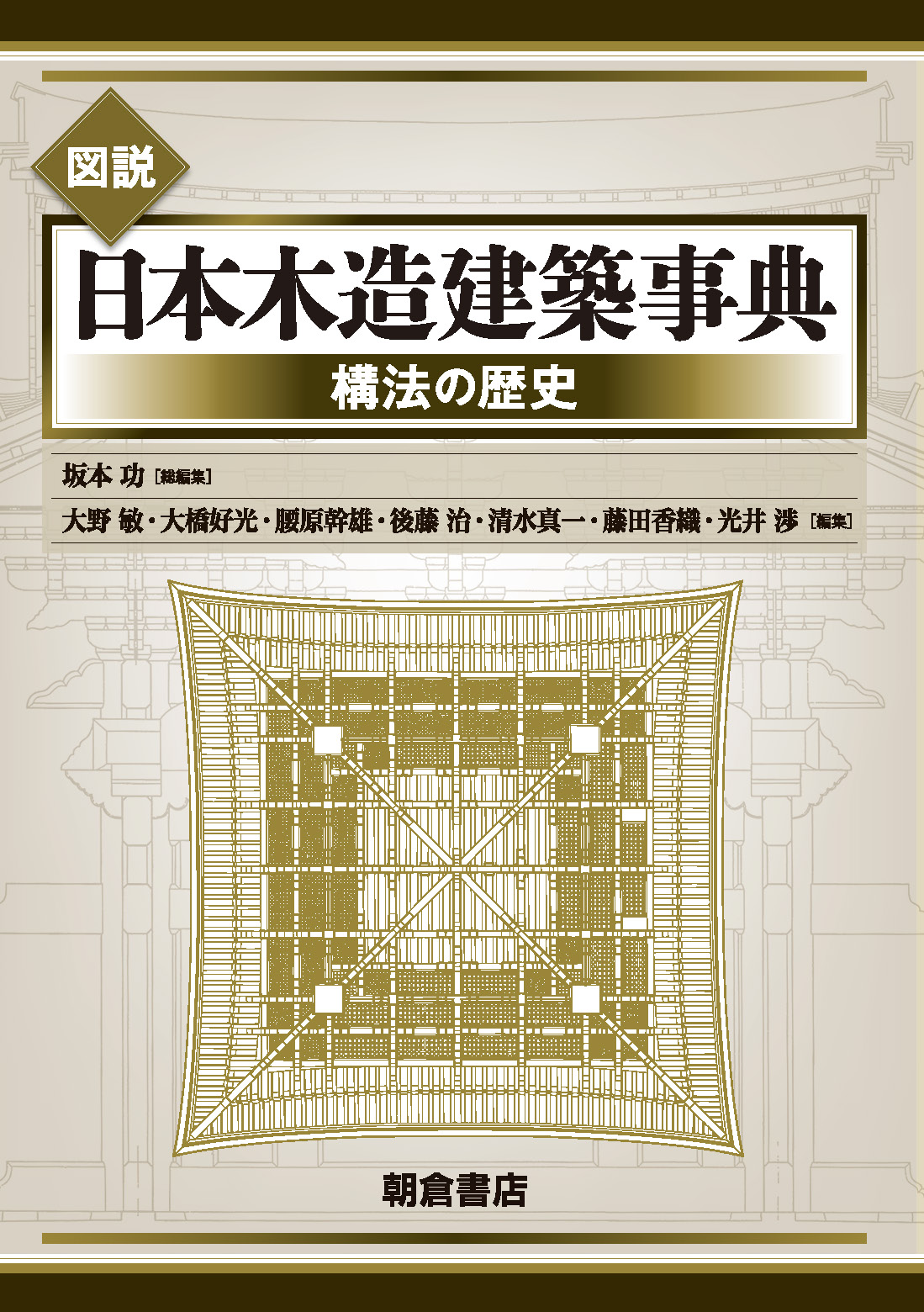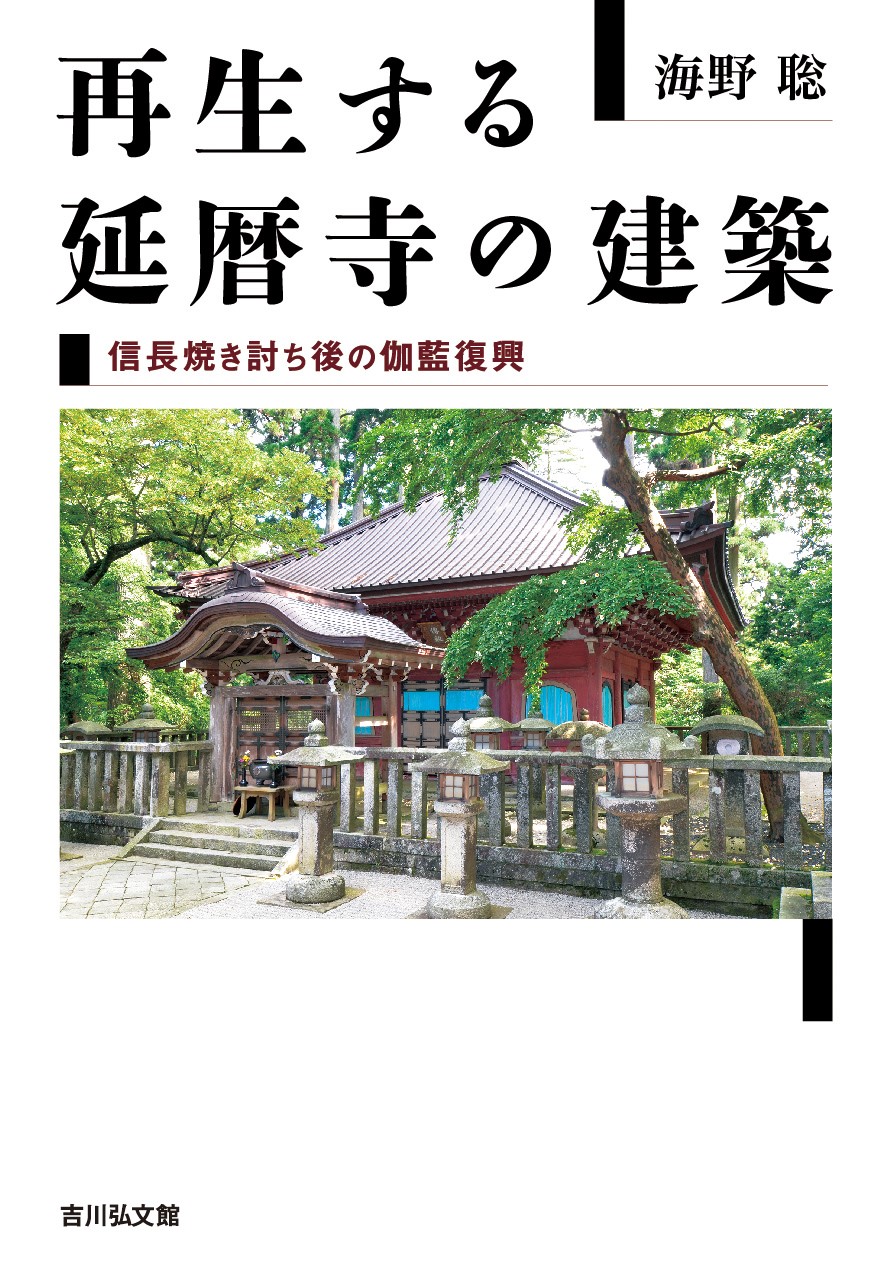
Title
Saisei suru Enryakuji no Kenchiku (Enryakuji’s Architecture Reborn - The Reconstruction of the Temple Complex after Its Burning by Nobunaga)
Size
316 pages, A5 format
Language
Japanese
Released
December 23, 2022
ISBN
9784642016681
Published by
Yoshikawa Kobunkan
Book Info
See Book Availability at Library
Japanese Page
It goes without saying that Enryakuji on Mount Hiei is the head temple of the Tendai sect of Buddhism, and it is well known that it was almost completely burnt down by Oda Nobunaga and most of its buildings were lost. Meanwhile, research on Enryakuji, even in the field of architectural history, has tended to focus on the period prior to the temple’s destruction by fire, dealing for example with the formation of the temple complex in the ancient period, the style of buildings peculiar to Esoteric Buddhism, such as the pagoda (tahōtō), and the addition of various prayer halls, and Enryakuji after its burning by Nobunaga has been overlooked. This book is based on the contents of A Comprehensive Investigative Report on the Structures of Enryakuji, Mount Hiei (edited by Unno Satoshi, Hieizan Enryakuji, 2013), a report on site surveys of all the buildings on Mount Hiei, and it focuses on the reconstruction of the temple complex after its destruction by Nobunaga. It discusses the way in which the architecture of Enryakuji has been transmitted through the ages and the formation of the temple complex down to the present day, and it also clarifies distinctive features of Tendai sect temples in the early modern period.
When compared with countries in mainland Asia, there have not been many examples of human-caused destruction in Japan, surrounded as it is by the sea, and the reconstruction of Enryakuji after its destruction by fire is one of the few examples illustrative of destruction caused by warfare and subsequent rebirth. During its reconstruction, in addition to economic issues, basic infrastructure had to be put in place, such as a supply of building materials and the securing of craftsmen. As well, social conditions differed from the time when the temple had been founded, and the temple authorities had a great deal of trouble building an economic base and gaining financial assistance. The rebuilding of the temple complex after its destruction by Nobunaga was a large-scale project even for Enryakuji and became a major turning point in its history.
On the other hand, these social conditions had an influence on the methods employed in the temple’s rebuilding, and it was not a rapid reconstruction based on short-term investment but a gradual rebirth over a long period of time. This rebirth in the rebuilding of the temple complex may be regarded as the continuous transmission of the temple complex, and because it took place over a long period of time, it was no mere restoration and led to the temple’s revival. The destruction and rebirth of Enryakuji provide a wealth of perspectives on planning in rebuilding and long-term change in a temple complex, and they demonstrate methods of long-term transmission of a temple complex and represent a “transmitted architectural history,” as it were. As can be seen in the case of the Konpon Chūdō, the most important of the temple buildings, many structures were rebuilt with an awareness of certain standards and took over the surface area of the original structure. However, even in the case of the Konpon Chūdō the standard was not necessarily that which had been current at the time of the temple’s founding. What had originally been three buildings (Monjudō, Yakushidō, and Kyōzō) was combined into one structure by Enchin and then extended by Ryōgen, and this provided the standard for its reconstruction. That is, standards change over time.
The transmission and transformation of standards were not confined to Enryakuji, and in the case of the rebirth of Hiyoshi Shrine after its destruction by fire, new shrine grounds were created by removing Buddhist structures. In other words, premodern temples and shrines were passed down through the ages while changing their underlying standards and allowing gradual change, and the rebirth of Enryakuji is full of such elements. I hope to continue deepening my examination of these issues of standards and the transmission of old architecture.
(Written by UNNO Satoshi, Associate Professor, School of Engineering / 2023)



 Find a book
Find a book


 eBook
eBook